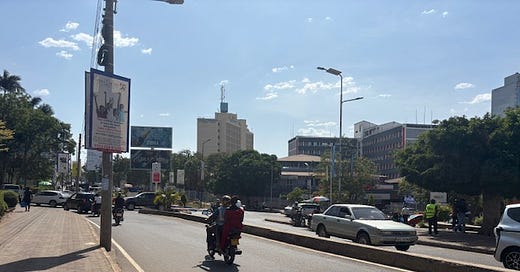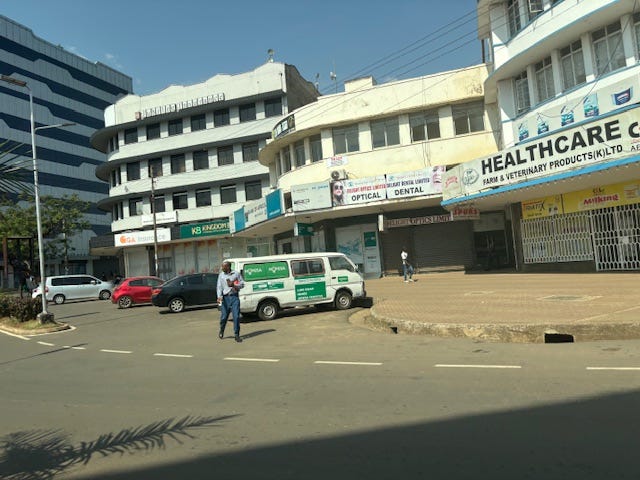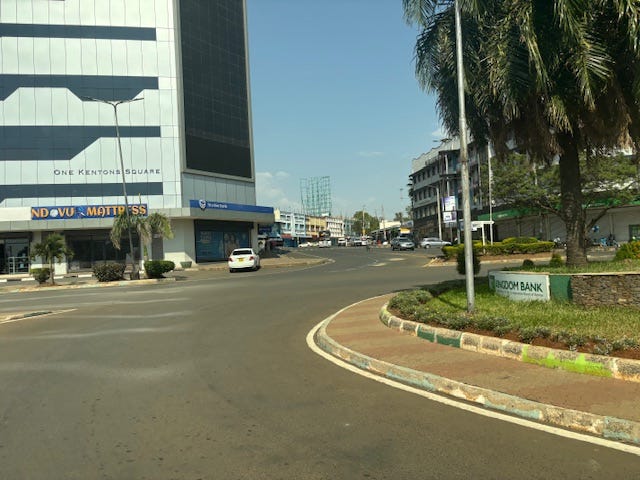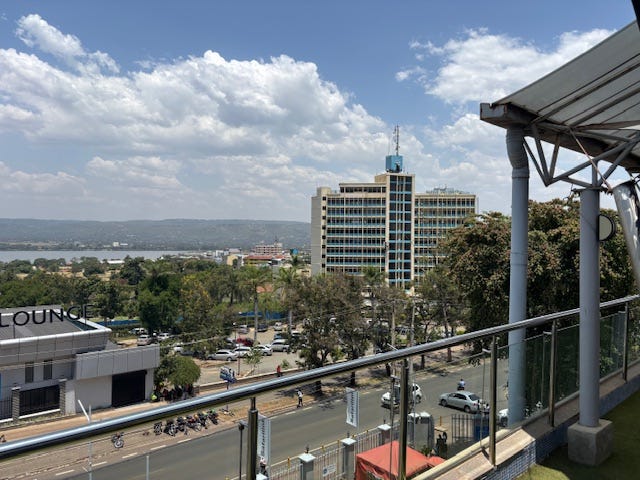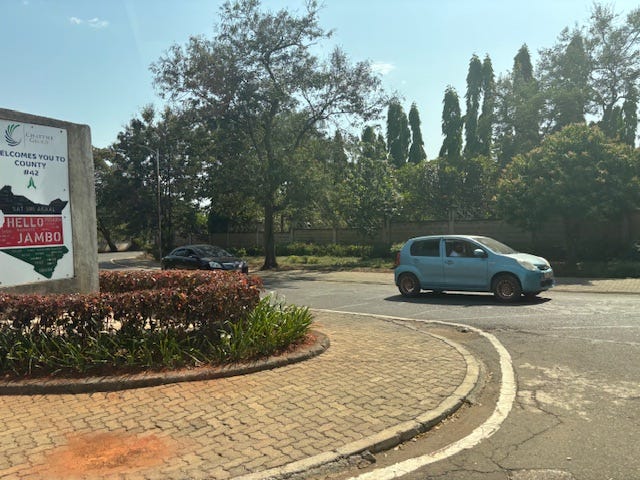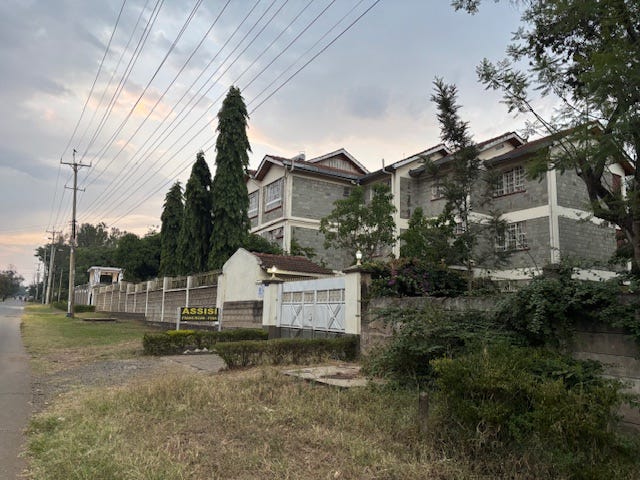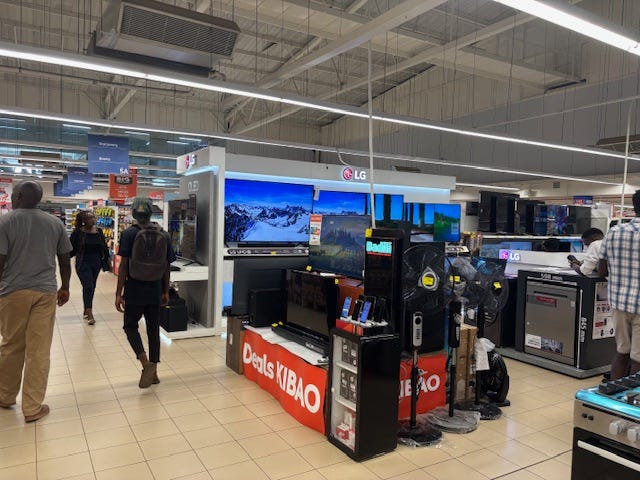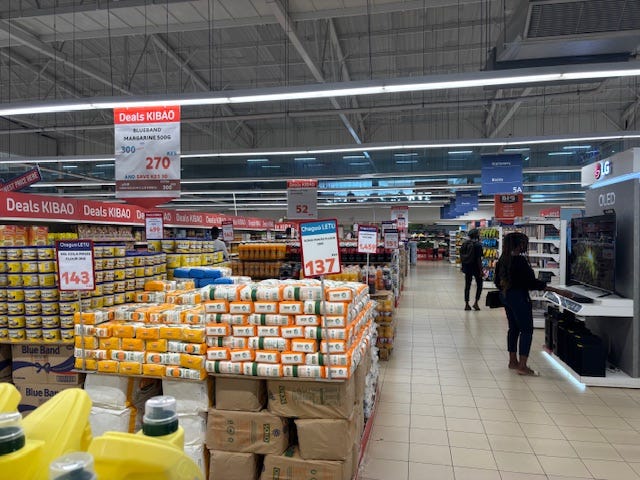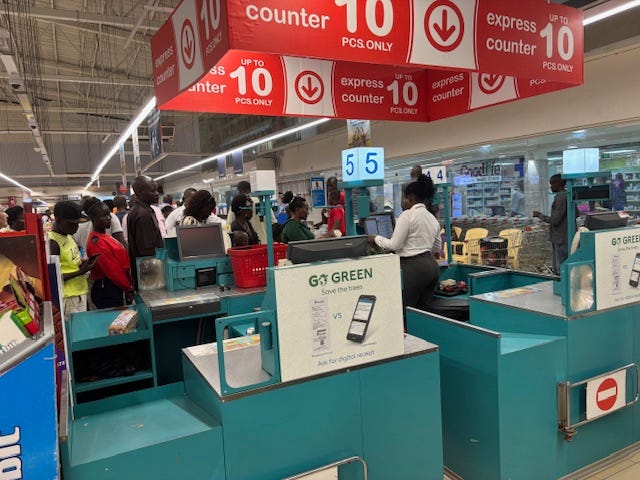Karibu mji (welcome to the city)!
I have shared what life looks like in my rural village in Western Kenya, where I live and work as a educator. The focus of my service is there, where I am integrating into the community, developing relationships and hopefully making whatever small impact I can. However, I think it would be interesting to also share what a larger city in Kenya looks like, so I will show you a little bit of the city of Kisumu (kee-soo-moo).
To first provide some context, Kenya has a population of about 55 million people and the vast majority (about 70%) of Kenyans live in rural areas. The largest city in Kenya by far is the capital Nairobi with about 4.5 million people. From my understanding, there is maybe a handful of cities similar to the size of Kisumu in Kenya, but Nairobi is its own animal, just given its much larger scale. So the title "A Kenyan City" is not meant to indicate that Nairobi looks anything like this, but maybe a few other cities in cities are comparable to Kisumu.
At this point in time, Kisumu is the largest city that I have had the chance to see in Kenya. With a population of about 400,000, it is the fifth-most populous city in the country (note: there seems to be varying statistics on these numbers, some sources listing it as the third-most populous city).
Traveling by matatu from my village, I am able to conveniently reach Kisumu in just a few hours, so I have visited a handful of times just for day trips. We also spent our first few days upon arrival to Kenya in Kisumu, but were too busy (and too new… and too jet-lagged) to explore. A couple of weeks ago, though, I spent a few days in Kisumu for some Peace Corps responsibilities and so was able to get a better idea of what a city of that size is like and take some photos:
The roads are much more organized and “official-looking” in the city compared to the rural areas—they need to be due to the much higher traffic volume and the many more personal cars. Still, the transportation options of matatus (for going in and out of the city), tuk-tuks, and pikipikis are the mainstays for getting around. Additionally, though, there are a couple of rideshare apps that are available for use in Kisumu.
Unique to Kisumu is its location on Lake Victoria. It is the second-largest city on Africa’s largest lake, behind only Kampala in Uganda. It has some great views from the lakeside, especially at sunset. Kisumu also has one of the larger airports in Kenya and serves as the main hub of Western Kenya.
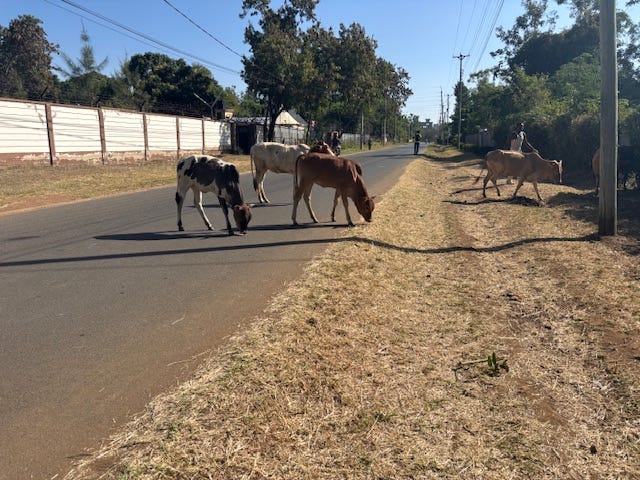
Being in a city like Kisumu is very different than being in the village. For starters, in the city, you are not greeting every person you pass by. One could compare it to a Midwesterner moving to the East Coast. Second, being a “mzungu” (white person) in Kisumu is not nearly as novel as it is in the village. There are still very few people that look like me there, but I do not really get any odd looks because people in the city have more exposure to foreigners. Third, I can get a haircut in Kisumu. I have not come across a barber in my village area who is familiar with hair like mine, so it requires a bit of travel for me to get that service (at this time, I do not plan on growing out my hair in pursuit of the stereotypical Peace Corps man-bun).
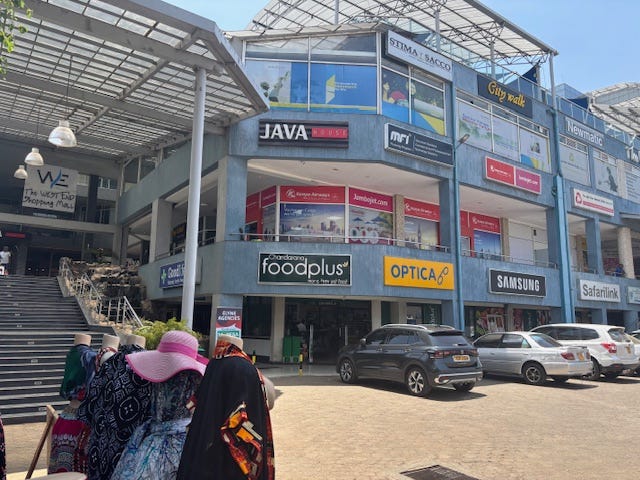
The biggest difference, though, or at least what stood out to me most, is the contrast in the cost of living. I do not know about housing costs, but this is just my observation from seeing some of the prices of restaurants and items in the supermarket. Those who live in or near the city and access the resources there seem to spend substantially more money.
For example, the money used to buy a larger bag of American chips or candy would probably be enough to feed one person for a week on modest meals in the village. Now, of course, that is an example of a “luxury” item that is accessible only in the city. But even so, the items that are the same as those found in the village will have a higher price tag. Nearer Kisumu there are just more resources and I imagine most of the people in the city live a completely different life than what most people in the village are accustomed to.
As for an update on my service, I am just continuing with teaching physics and mathematics at my school. At the end of February we had a half-term exam week, followed by a short break with a Wednesday-Friday off school, so I did not miss much with my travel to Kisumu. I will be sharing more about school life and schedule in a later update. I am also helping to launch a chess club at my school, so I welcome any tips. I know how to play, I just don’t know how to play well.
Lastly, last October, I wrote about how surprised I was about the frequent rainfall here. I have learned, however, it is only a matter of the season. We have had a pretty serious (though not atypical) drought for the last month to month and a half. So it has been a good exercise to increase my awareness of my own water usage. Luckily, though, the drought is just now coming to an end… bless the rains down in Africa!
Out-of-context highlight of the week: My latest lizard encounter in my home was when I was laying on my couch and picked up my book that was sitting on my table. I was startled by the little guy who was resting on the underside of the book… I may have thrown the book across the room… hope he’s okay.
-Daniel
Peace Corps has three objectives: (1) To help the countries interested in meeting their need for trained people, (2) To help promote a better understanding of Americans on the part of the peoples served, and (3) To help promote a better understanding of other peoples on the part of Americans. This newsletter/blog is one way in which I am working to achieve objective #3. I appreciate you reading and I look forward to sharing much more! Please feel free to message me any questions you have and I may answer them in my next post.
*The content of this website is mine alone and does not necessarily reflect the views of the U.S. Government, the Peace Corps, or the Kenyan Government.*

